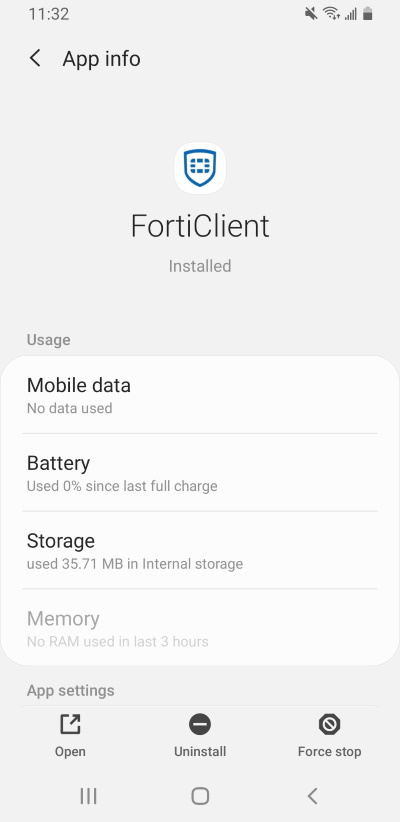

Forticlient 6 autostart zip file#
Once downloaded, extract the zip file to a folder on your management computer.

Locate and download the KVM version of the required VM from the Download > Firmware Images section of the Fortinet Support site e.g. If a Fortinet VM is not available via the automatic import method shown above, it is possible to manually import the Fortinet VM. Memory cannot be overcommitted at this time and is limited to being configured to 100% of the available resource minus 2GB which is reserved for system use.Īutomatic import will be provided at in a future release via the Virtual Machine > Import button. Please be aware of the consequence of such configuration. so more CPUs are specified that are physically available. Note that when provisioning CPU resource, it is possible to overcommit A VM configuration includes definition of the number of CPUs and RAM provisioned, disks to be used, any CDROMs mounted and which network interfaces configured.įor systems with an active FortiCare support account attached, It is possible to provision a new Fortinet VM directly from FortiGuard using the Virtual Machines menu, bypassing the need to manually upload the disk images. The Virtual Machines menu is where VM are configured. VM disks should be uploaded in uncompressed KVM QCOW2 format and CD/DVDs in ISO9660 format.
Forticlient 6 autostart iso#
This is also where ISO files can be uploaded for use in installing an OS into a virtual machine. The Image menu, is where Fortinet and third party VM disks are uploaded and empty disks created. There are 2 areas in which VMs are configured in FortiHypervisor. This section will detail the methods for installing FortiGate/FortiOS and other Fortinet VNFs and thirty party VMs into FortiHypervisor.


 0 kommentar(er)
0 kommentar(er)
